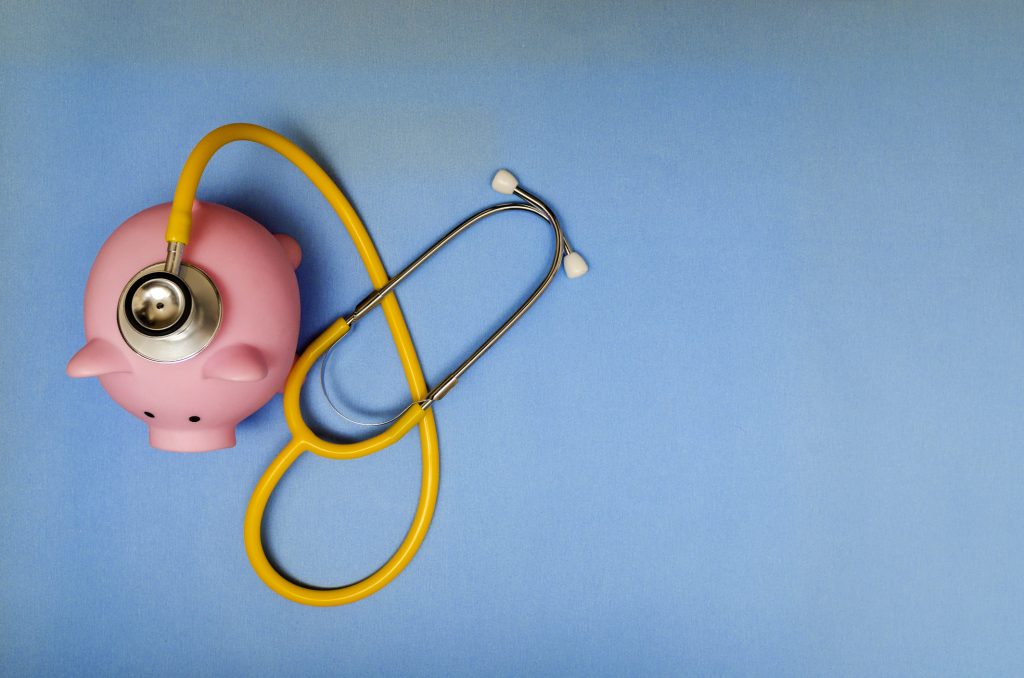Healthcare spending to reach 19.7% of GDP by 2026

Healthcare costs are rising. Medications and services provided by physicians are becoming more expensive. The uncertainty over the status of the Affordable Care Act (ACA) has impacted insurance coverage and premiums. The population of the US is aging and Baby Boomers need more care, even as they transition over to Medicare coverage.
A recent report in Health Affairs states that “under current law, national health spending is projected to grow 5.5 percent annually on average … and to represent 19.7 percent of the economy in 2026.” National healthcare spending is expected to reach the $5.7 trillion mark by 2026. The report points to several “fundamental and demographic factors” driving the increase, including:
- Trends in disposable personal income
- Increases in prices for medical goods and services
- Shifts in enrollment from private health insurance to Medicare that result from the continued aging of the baby-boom generation into eligibility.
Prices for medical goods and services are projected to increase more gradually. The increase in these costs was at historic low rates in the previous three years, have risen only 1.1 percent per year from 2014 to 2016. The projection is for the costs of medical goods and services to increase an average of 2.5 percent per year through 2026.
According to the Health Affairs report, prescription drugs are “projected to experience the fastest average annual spending growth” at 6.3 percent per year through 2026. The projected growth “trend primarily reflects faster-anticipated growth in drug prices, which is attributable to a larger share of drug spending being accounted for by specialty drugs over the coming decade.”
As the population ages, Baby Boomers will become eligible for Medicare as well as Medicaid in growing numbers as their medical needs increase and their income decreases in retirement. Given these factors, the “spending growth in Medicare and Medicaid is a substantial contributor to the faster projected overall growth in national health spending through 2026.”
